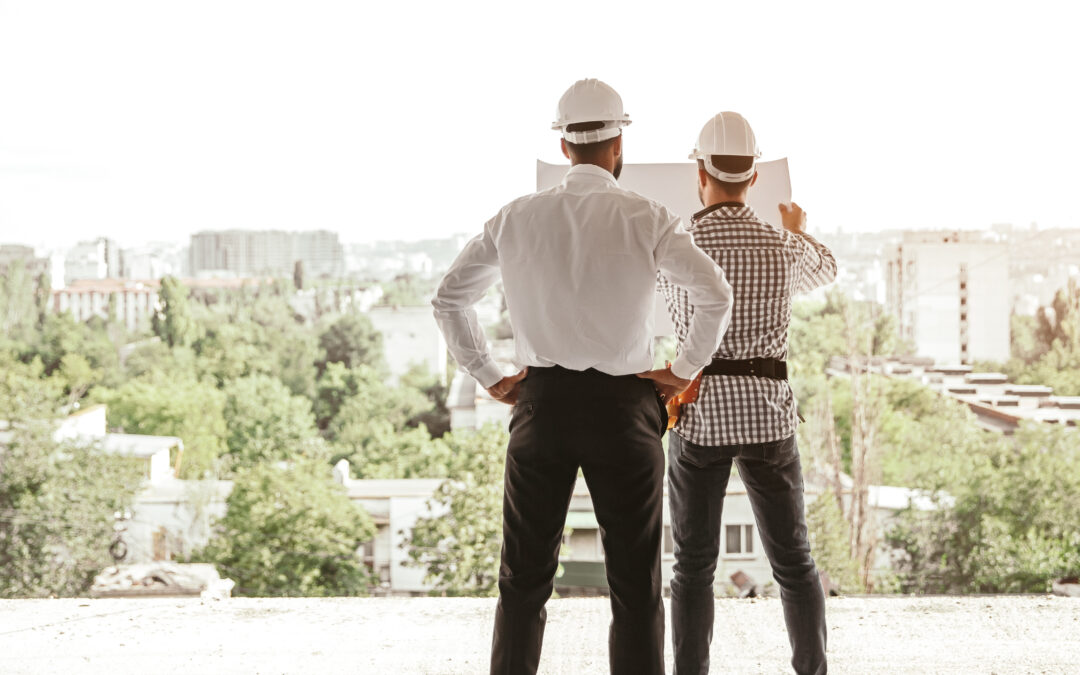In an era marked by increasing climate unpredictability and the growing frequency of natural disasters, the concept of disaster resilience has never been more critical. While immediate disaster response is essential, it’s equally vital to consider the long-term well-being of communities. This blog explores the importance of long-term planning and investing in stronger and more resilient type hybrid buildings to ensure communities are prepared for future disasters, ultimately paving the way for a safer, more resilient future.
1. The Rising Need for Long-Term Disaster Resilience
As climate change accelerates and urbanization continues, the risk of natural disasters grows. Long-term disaster resilience involves strategies and investments that go beyond immediate disaster response. It’s about ensuring that communities can withstand, adapt to, and recover from disasters over the long haul.
2. Hybrid Buildings: The Cornerstone of Resilience
Hybrid buildings, which combine wood and steel construction, have emerged as a key element in disaster-resilient infrastructure. They offer the strength of steel while retaining the sustainability and versatility of wood. These structures can withstand a wide range of disasters, from earthquakes and hurricanes to wildfires and floods.
3. Sustainable Practices for Futureproofing
Sustainability plays a vital role in long-term resilience. Hybrid buildings, constructed with sustainable materials and energy-efficient designs, reduce a community’s carbon footprint. Sustainable practices not only protect the environment but also reduce operating costs over time.
4. Adaptive Design for Changing Climates
Long-term disaster resilience requires adaptive design principles that consider changing climate patterns. Hybrid buildings can be designed with flexibility in mind, allowing for adjustments as needed to adapt to evolving environmental conditions.
5. Community Engagement and Empowerment
Future-proofing communities involves more than just constructing resilient buildings. It’s about engaging with communities to educate, empower, and involve them in disaster preparedness and response. Informed and engaged communities are more resilient communities.
6. Investment in Disaster-Resilient Infrastructure
Investing in disaster-resilient infrastructure, including hybrid buildings, is an investment in a community’s future. While the initial costs may be higher than traditional construction, the long-term benefits far outweigh the expenses. Resilient infrastructure reduces the economic burden of disaster recovery and fosters community stability.
7. Disaster-Resilient Infrastructure as a Social Equalizer
Long-term disaster resilience should also address social equity. Vulnerable populations are often disproportionately affected by disasters. Investments in hybrid buildings and resilient infrastructure can bridge these disparities by ensuring that everyone has access to safe and secure shelter.
8. Collaboration and Partnerships
Effective long-term planning and investment require collaboration among various stakeholders, including government agencies, NGOs, community leaders, and private sector entities. Partnerships can leverage resources and expertise for maximum impact.
9. Lessons from Resilient Communities
Highlighting case studies of communities that have successfully future-proofed themselves can provide valuable insights and inspiration. These stories can demonstrate the tangible benefits of investing in disaster resilience.
10. Advocating for Policy Changes
Advocacy for policy changes at local, regional, and national levels is crucial for promoting long-term disaster resilience. Policies that incentivize and support disaster-resilient infrastructure can create a more resilient future for all.
In conclusion, long-term disaster resilience is not a luxury but a necessity in our changing world. Investing in hybrid buildings like Miracle Truss Buildings and adopting sustainable practices can ensure that communities are prepared for future disasters. By focusing on collaboration, community engagement, and policy advocacy, we can future-proof our communities and build a safer, more resilient world for generations to come.



